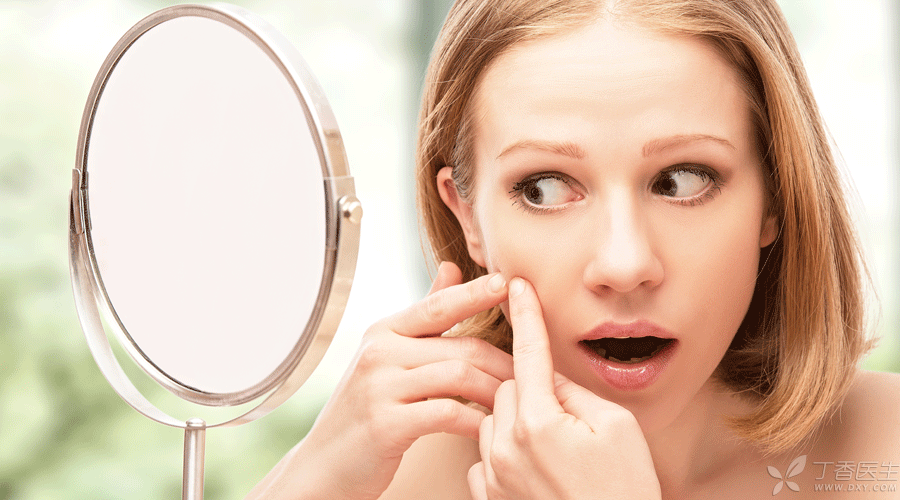Is there always acne on the face, which means there is something wrong with the internal organs? Why is it always me who has acne?
People who have been troubled by acne must have had these questions. Today, Dr. Clove will talk about them.
Acne at different positions on the face reflects problems with different internal organs?
Acne grows in different positions on the face, does it mean that there are problems with different internal organs? It is estimated that every beauty lover has been tortured by this rumor.
For example, forehead acne reflects high local pressure, nose acne indicates stomach problems, cheek acne considers liver is not good, lip acne is induced by constipation, chin acne is endocrine disorders…
Today, everyone can rest assured, because all these statements are unreasonable.
Acne (acne) is a chronic inflammation of local hair follicle sebaceous glands. The hair follicle sebaceous glands are only found in the skin, and the deepest part is only in the subcutaneous tissue. Even the muscle layer does not reach, which is really [nothing to do with the internal organs].
Although sex hormone levels, heredity and mental and psychological factors can indeed affect the severity and location of acne, these factors do not refer to missiles that hit and hit, but affect them together with the skin of the whole body.

Acne love grows on the face, can’t blame acne
As the old saying goes, where there are people, there are rivers and lakes, and where there are oily skin, there are pimples.
Therefore, if you want to ask why you love acne on your face, you can only blame the sebaceous glands that secrete grease.
Sebaceous glands on the face, scalp, upper back and chest are especially abundant, far higher than the skin of the lower half of the trunk and limbs, while the forehead, nose and both sides of the nasal alar are the places where sebaceous glands are most abundant (i.e. The T area with the most oil production), which becomes the place where acne is most common.

Is it also acne that grows in other parts of the body?
In some places, [acne] is not acne, but the task of judging whether it is true or false has to be entrusted to the doctor.
Common conditions such as folliculitis, pityrosporum folliculitis (also known as Malassezia folliculitis, love to grow on chest, back, shoulder, neck), scar, etc., can also appear rash similar to acne on the face.
If it is not good after a long time, or if the conventional treatment for acne is ineffective, see a dermatologist.
